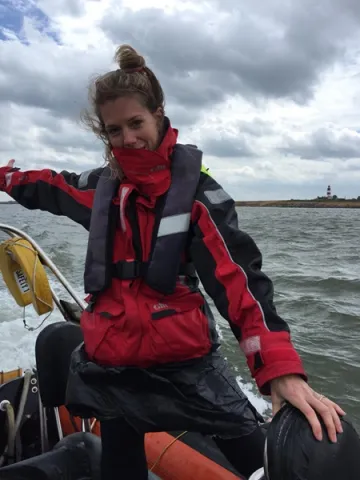Project overview
The village of Happisburgh on the Norfolk coast is well known for its rapid rate of coastal erosion and the internationally significant Palaeolithic archaeology that this has revealed along the foreshore. Despite the fragility of this land/seascape, and the potentially negative association of the archaeology with immense loss of place, the local community has played an integral role in recording the stone tools and Pleistocene fauna found ex situ along the coast. This has resulted in patterns pointing to hitherto unknown archaeological deposits on the foreshore, as well as submerged offshore. From a few dedicated collectors this community has grown substantially, with online groups sharing knowledge with one another, the local museum, and academic community.
Whilst the types of archaeology being found are now well understood, the aim of this project is to co-create a greater understanding of the movement of artefacts along this coastline: how far do they move and over what timescales? Answering these questions is necessary for targeting and understanding the exposure/burial/erosion cycles of this highly significant and eroding archaeology, while building stronger ties with local community around the loss of this land/seascape.
Whilst the types of archaeology being found are now well understood, the aim of this project is to co-create a greater understanding of the movement of artefacts along this coastline: how far do they move and over what timescales? Answering these questions is necessary for targeting and understanding the exposure/burial/erosion cycles of this highly significant and eroding archaeology, while building stronger ties with local community around the loss of this land/seascape.
